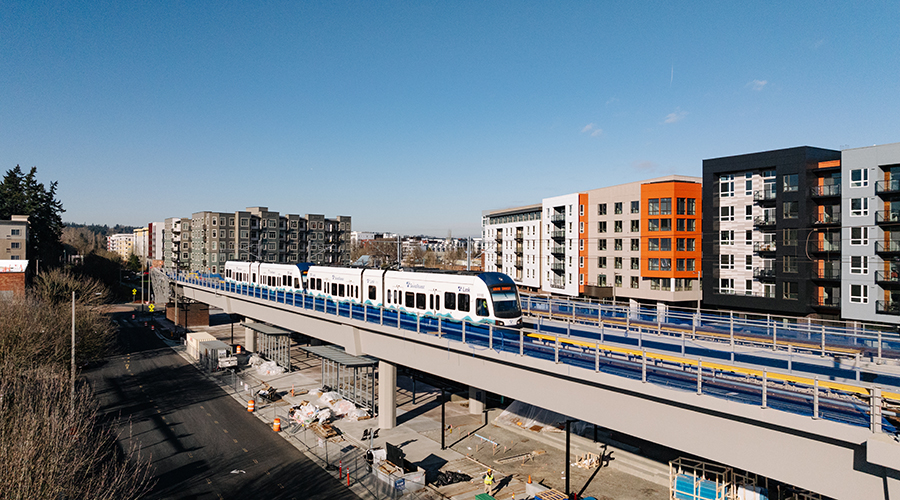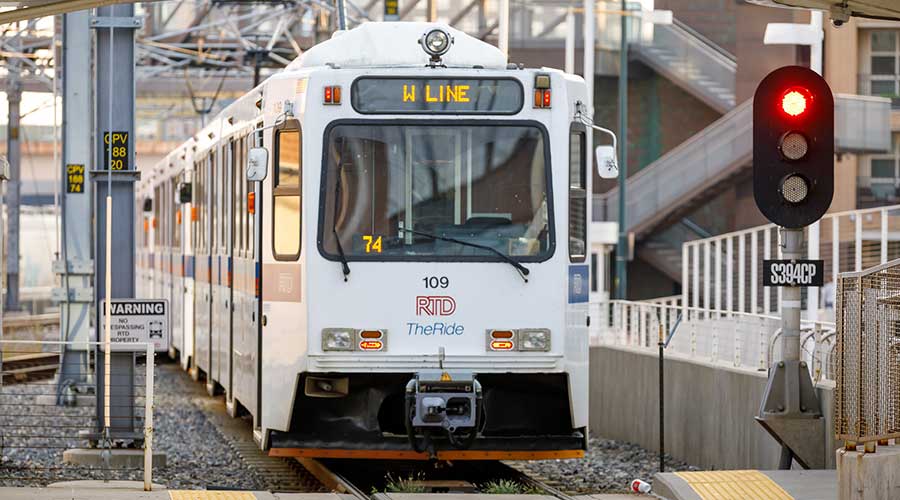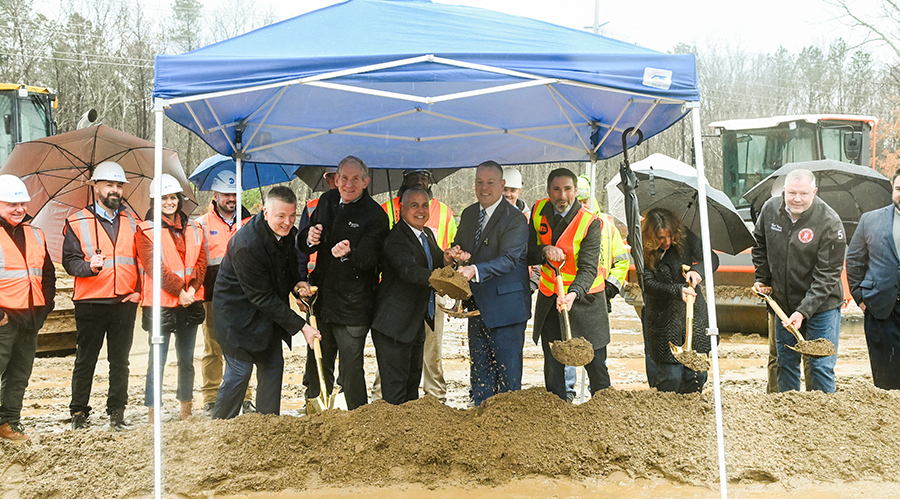Newsletter Sign Up
Stay updated on news, articles and information for the rail industry
Stay updated on news, articles and information for the rail industry
Rail News Home
High-Speed Rail
Rail News: High-Speed Rail
6/10/2011
Rail News: High-Speed Rail
Minnesota's Northern Lights Express project advances 'under the radar'
advertisement
Long before the stimulus bill passed and states began clamoring for billions in High-Speed Intercity Passenger Rail (HSIPR) program funds, a group in Minnesota began planning a higher-speed service between Minneapolis and Duluth. Today, the Northern Lights Express (NLX) project is advancing at a pretty good clip with the help of federal grant money and an alliance that has its sights set on reinstating service to an area that hasn’t been served by intercity passenger trains since Amtrak service was cancelled in the 1980s.
“It’s a little in-state project that’s been flying under the radar for three or four years now, and it keeps moving ahead,” says Bob Manzoline, executive director of the Minneapolis-Duluth/Superior Passenger Rail Alliance. “We’ve been working on it since before high-speed rail became vogue.”
The alliance began considering passenger-rail service along the 155-mile route in the early 2000s and conducted a comprehensive feasibility study in 2007. The results were “promising,” Manzoline says, and in 2009, the alliance received a $1.1 million grant from the Federal Railroad Administration to complete environmental studies for the proposed project. The Minnesota Department of Transportation and alliance kicked in a $1.1 million match.
The study is expected to be complete later this summer. By fall, the alliance expects to begin conducting preliminary engineering work, which will be funded in part with a $5 million HSIPR grant the alliance received when the U.S. Department of Transportation redirected Florida’s rejected funds. The alliance plans to cover the remaining $4 million for the engineering work, which will take 12 to 18 months to complete, says Manzoline.
The alliance plans to operate trains at 110 mph on dedicated passenger tracks along about one-third of the corridor. Trains would operate at 90 mph on the remainder of the corridor using existing tracks owned by BNSF Railway Co., which has been “very cooperative and helpful from the onset,” says Manzoline. The alliance would upgrade the BNSF tracks from the current Class 4 track to Class 5 and 6, and extend several passing sidings.
The line will include stations in Minneapolis and Duluth, as well as three intermediate stations. The estimated project cost is about $800 million, including a 30 percent contingency, says Manzoline.
The Minneapolis-Duluth/Superior Passenger Rail Alliance is comprised of seven counties, two cities and the Ojibwe Tribe.
— Angela Cotey
“It’s a little in-state project that’s been flying under the radar for three or four years now, and it keeps moving ahead,” says Bob Manzoline, executive director of the Minneapolis-Duluth/Superior Passenger Rail Alliance. “We’ve been working on it since before high-speed rail became vogue.”
The alliance began considering passenger-rail service along the 155-mile route in the early 2000s and conducted a comprehensive feasibility study in 2007. The results were “promising,” Manzoline says, and in 2009, the alliance received a $1.1 million grant from the Federal Railroad Administration to complete environmental studies for the proposed project. The Minnesota Department of Transportation and alliance kicked in a $1.1 million match.
The study is expected to be complete later this summer. By fall, the alliance expects to begin conducting preliminary engineering work, which will be funded in part with a $5 million HSIPR grant the alliance received when the U.S. Department of Transportation redirected Florida’s rejected funds. The alliance plans to cover the remaining $4 million for the engineering work, which will take 12 to 18 months to complete, says Manzoline.
The alliance plans to operate trains at 110 mph on dedicated passenger tracks along about one-third of the corridor. Trains would operate at 90 mph on the remainder of the corridor using existing tracks owned by BNSF Railway Co., which has been “very cooperative and helpful from the onset,” says Manzoline. The alliance would upgrade the BNSF tracks from the current Class 4 track to Class 5 and 6, and extend several passing sidings.
The line will include stations in Minneapolis and Duluth, as well as three intermediate stations. The estimated project cost is about $800 million, including a 30 percent contingency, says Manzoline.
The Minneapolis-Duluth/Superior Passenger Rail Alliance is comprised of seven counties, two cities and the Ojibwe Tribe.
— Angela Cotey


 LRW Honors Amtrak’s Acheson As Railway Woman Of The Year
LRW Honors Amtrak’s Acheson As Railway Woman Of The Year
 From Editor-In-Chief Foran: Of Gender Equity And Inclusion
From Editor-In-Chief Foran: Of Gender Equity And Inclusion
 Spotlight On Some Of Today’s Rail Safety Products
Spotlight On Some Of Today’s Rail Safety Products
 Women of Influence in Rail eBook
Women of Influence in Rail eBook
 railPrime
railPrime







